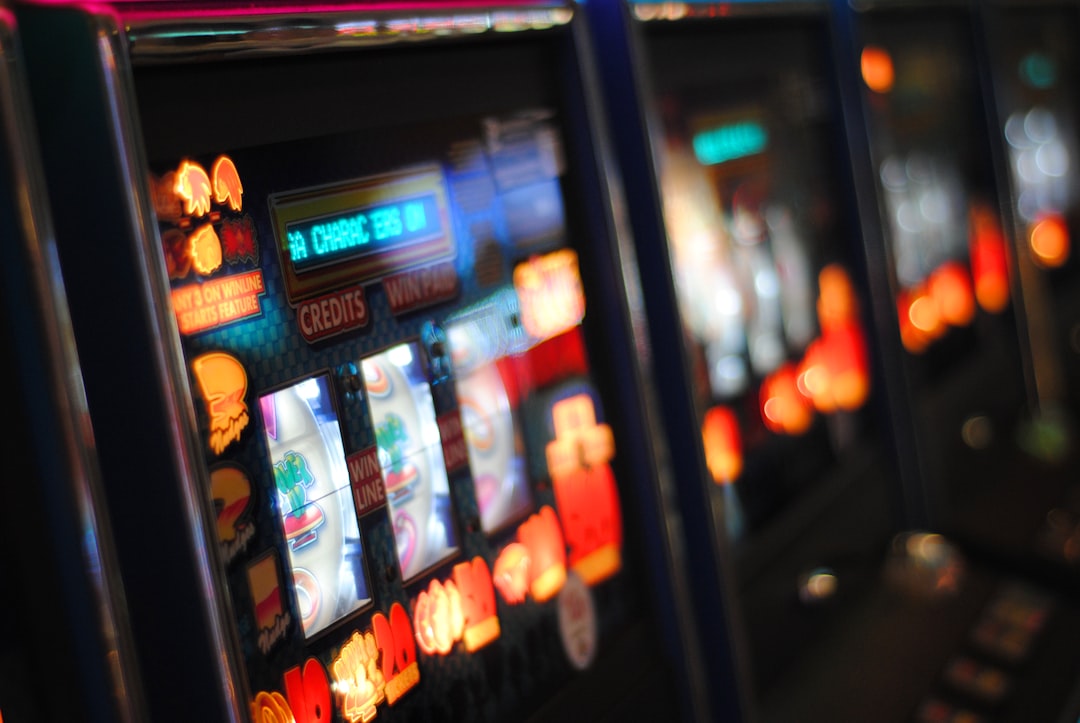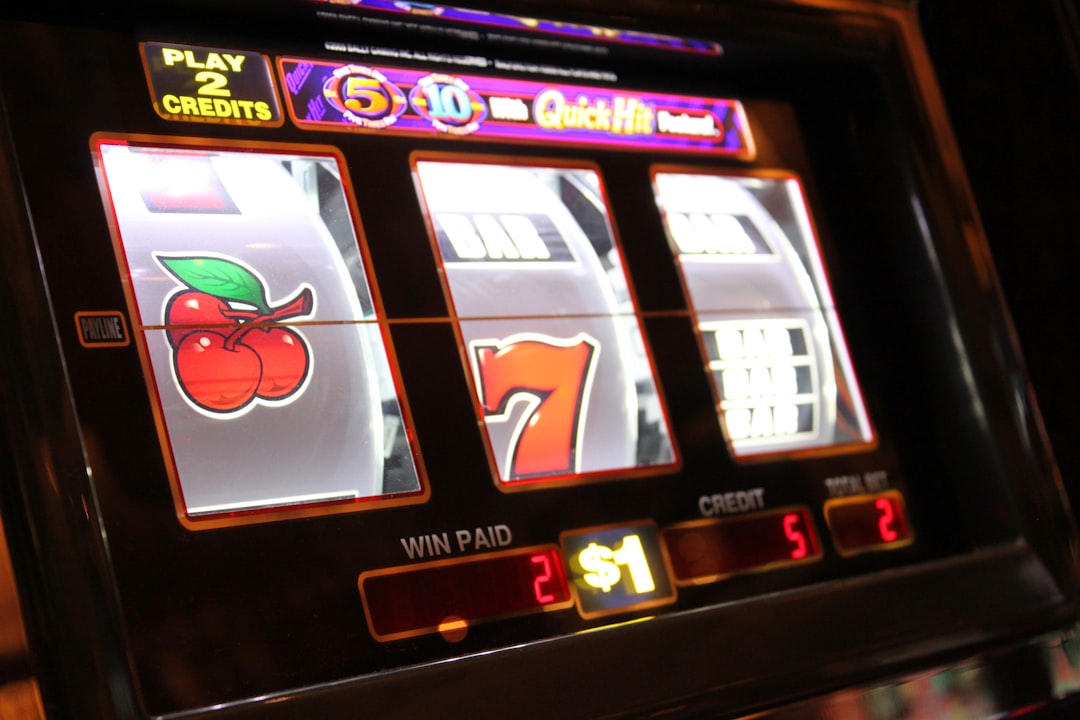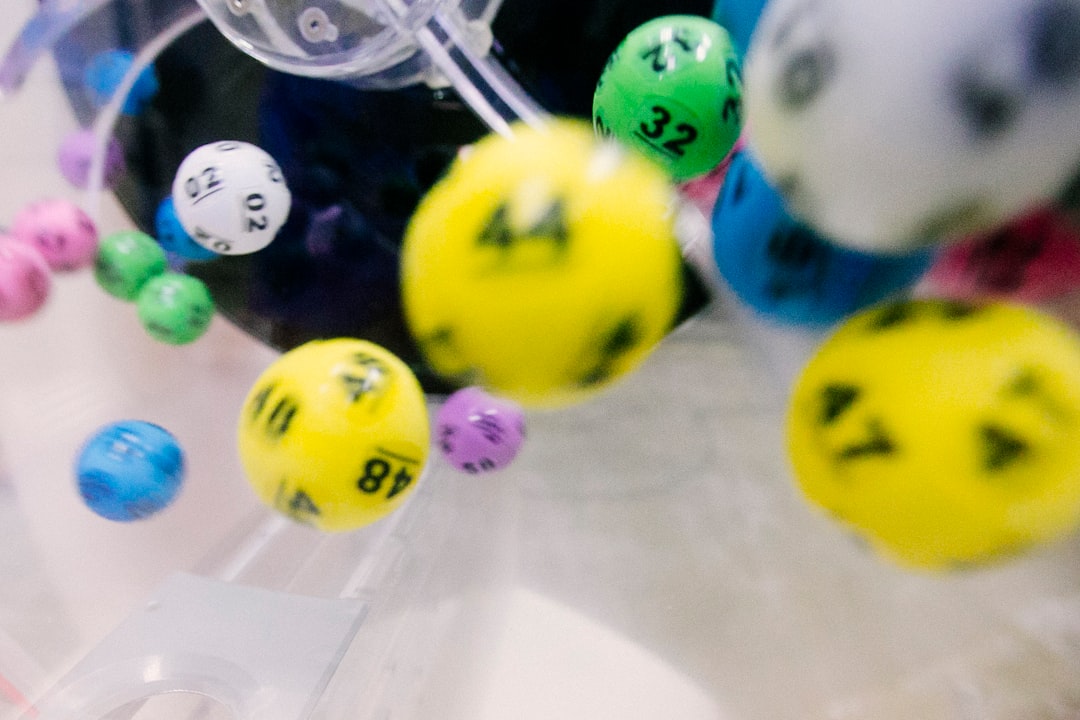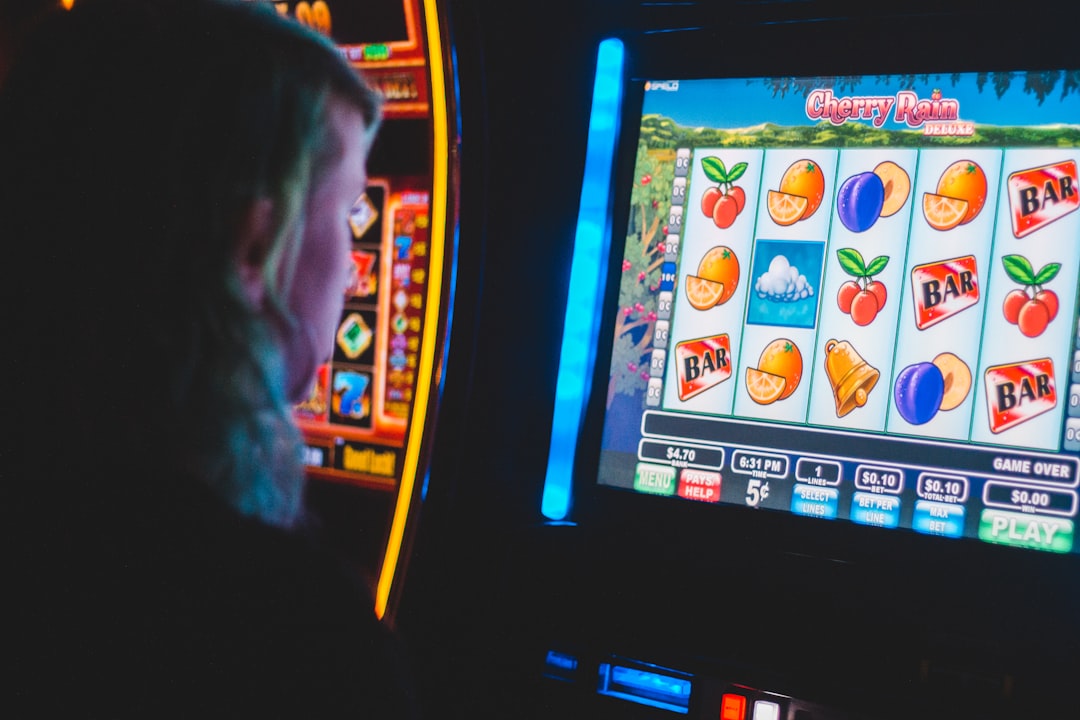Designing engaging and profitable slots requires a deep understanding of several key performance indicators. This article explores efficient game design strategies, focusing on the optimization of crucial elements within a slot machine’s architecture. We will examine how careful consideration of pay tables, volatility, bonus round frequency, RTP, hit frequency, and variance modeling directly impact a slot’s overall performance and player engagement, ultimately maximizing return on investment for developers.
Slot Bonus Round Design
The bonus round is a crucial element in any successful slot machine, significantly impacting player engagement and return on investment (ROI). A well-designed bonus round can dramatically increase the perceived value of the game and drive player retention. Careful consideration of several factors is key to creating a truly compelling and profitable experience. Analyzing the hit frequency of triggering the bonus round is paramount; too frequent and the bonus loses its allure, too infrequent and players may lose interest before ever experiencing it.
Effective Slot Bonus Round Design hinges on a balance between excitement and profitability. Here are some key considerations:
- Reward Structure: The payout structure of the bonus round needs careful variance modelling. A wide range of potential wins keeps players engaged, but the RTP must be carefully controlled to maintain profitability. Consider offering a mix of smaller, frequent wins and the potential for larger, less frequent jackpots.
- Gameplay Mechanics: Innovative and engaging gameplay is essential. Think outside the box with interactive elements, captivating visuals, and exciting animations to keep players hooked. This contributes to increased player engagement and a higher overall return on investment for the casino.
- Bonus Round Length: The duration should be optimized. A short, action-packed bonus round can be exhilarating, while a longer round allows for more significant wins and sustained excitement. The ideal length directly relates to the volatility of the game and the desired player experience.
- Theme Integration: Seamlessly integrate the bonus round with the overall theme of the slot machine to enhance immersion and player enjoyment. This integration should be considered from the outset of slot machine design, impacting pay table optimization throughout.
By meticulously crafting the Slot Bonus Round Design, developers can significantly influence the overall player experience and optimize the hit frequency and payout structure to achieve the desired level of volatility and RTP.
Slot Paytable Optimization
Crafting a compelling and profitable slot game hinges significantly on Slot Paytable Optimization. The paytable, the heart of your game, directly influences player engagement and your return on investment. Careful consideration of various factors is crucial to achieving the desired balance between player excitement and sustainable profitability. Effective paytable optimization requires a deep understanding of the interplay between hit frequency, RTP (Return to Player), and variance modeling.
Here are some key considerations for Slot Paytable Optimization:
- Maximize Player Excitement: Design a paytable with a mix of frequent small wins and infrequent large wins to keep players engaged. The frequency of these smaller wins is intrinsically linked to the overall hit frequency and the volatility of your game. This careful balancing act maintains a sense of momentum while still delivering those exciting, potentially life-changing jackpots. A well-structured paytable ensures a pleasing player experience with enough rewarding moments to keep players hooked.
- Control Volatility: The paytable directly impacts the game’s volatility. A high-variance paytable features fewer, but larger wins, while a low-variance paytable delivers more frequent, smaller wins. Your choice will significantly influence player preferences and your game’s overall appeal. Accurate variance modelling during the design phase is essential for achieving the target volatility for your slot.
- Target RTP Accurately: The paytable is the primary driver of your game’s RTP. Precise calculation and meticulous testing are needed to ensure your targeted RTP is achieved, contributing to both a fair and profitable game for your casino. Slight adjustments to the paytable can significantly influence RTP while maintaining the desired player experience. Careful attention to detail is critical here to guarantee the long-term success and sustainability of your slot.
- Consider Thematic Consistency: Remember that the paytable should complement the game’s overall theme and style. Symbols, their payouts, and bonus features should all work together to create a cohesive and immersive experience for the player. This is fundamental to ensuring player enjoyment and increases the chance of a successful slot.

Slot Volatility Management
Slot volatility management is crucial for crafting engaging and profitable slot games. It directly impacts player experience and the game’s long-term profitability. Understanding and controlling volatility ensures a balanced game that appeals to a broad player base. This involves careful consideration of several key factors related to RTP, hit frequency, and variance modeling. A well-managed volatility profile keeps players engaged while simultaneously protecting the casino’s return on investment.
Effective slot volatility management hinges on the interplay between several design elements. For example, the frequency of smaller wins versus larger, less frequent wins significantly alters the player experience and the game’s overall risk profile. A high-volatility slot delivers fewer wins but offers the chance of significantly larger payouts. Conversely, low-volatility slots provide more frequent, smaller wins, creating a gentler, more consistent gaming experience. The right balance depends on the target audience and the overall game strategy.
Consider these points when managing volatility:
- Target Audience: High-rollers often prefer high-volatility games with the potential for substantial wins, while casual players may prefer lower volatility for a more sustainable playtime.
- Game Theme and Mechanics: The chosen theme and game mechanics should align with the desired volatility. A high-risk, high-reward theme naturally lends itself to high volatility.
- Mathematical Modeling: Sophisticated mathematical models are essential for accurately predicting and controlling volatility. These models use algorithms to simulate thousands of game rounds, providing valuable insights into the long-term performance and player behavior.
- Testing and Iteration: Thorough testing and iterative adjustments are crucial to fine-tune the volatility and ensure the game meets the desired performance metrics. Analyzing player data during testing provides vital feedback for optimizing the volatility profile.
By carefully managing slot volatility, game developers can create a more compelling and financially successful product. This process requires a detailed understanding of paytable optimization, bonus round design, and the impact of all these elements on the RTP and overall player experience. A well-defined volatility strategy is instrumental in attracting and retaining players while guaranteeing the long-term success of the game.
| Aspect | Description | Importance |
|---|---|---|
| Slot Volatility Management | Crucial for creating engaging and profitable slot games. Impacts player experience and long-term profitability. Ensures a balanced game appealing to a broad player base. Involves careful consideration of RTP, hit frequency, and variance modeling. | Maintains player engagement while protecting casino ROI. |
| Key Factors | Frequency of smaller vs. larger wins; high-volatility slots offer fewer but larger wins, while low-volatility slots offer more frequent, smaller wins. | Determines player experience and overall risk profile. |
| Target Audience | High-rollers prefer high-volatility games; casual players prefer lower volatility. | Influences the optimal volatility level. |
| Game Theme and Mechanics | Theme and mechanics should align with desired volatility; high-risk themes suit high volatility. | Supports the overall game design and player expectations. |
| Mathematical Modeling | Sophisticated models predict and control volatility using algorithms to simulate game rounds. | Provides insights into long-term performance and player behavior. |
| Testing and Iteration | Thorough testing and adjustments are crucial to fine-tune volatility and meet performance metrics. | Ensures the game meets desired performance and player satisfaction. |
| Paytable Optimization & Bonus Round Design | These elements significantly impact RTP and player experience. | Essential for creating a compelling and financially successful game. |
Slot Math Models & RTP
Precise mathematical modeling is the cornerstone of successful slot game development. Understanding and skillfully manipulating the underlying math directly impacts player engagement and, crucially, Return to Player (RTP). A well-designed model allows for the creation of games that are both entertaining and profitable. This involves carefully balancing several factors to achieve the desired player experience and return.
The RTP, or percentage of wagered money a game returns over time, is a critical parameter that needs careful consideration within the model. It dictates the long-term profitability of the game, and achieving the target RTP requires careful calibration of several elements within the slot’s mathematical structure. Variance and hit frequency, directly tied to the mathematical model, significantly affect how players perceive the game’s fairness and enjoyment. A model that accurately simulates these aspects is invaluable in designing a compelling and sustainable game.
Different mathematical models can be employed, each offering varying degrees of complexity and control. These models might include:
- Simple Markov Chains: Useful for simpler games with fewer features and predictable outcomes.
- More complex state-transition models: Suitable for managing the intricacies of bonus rounds and progressive jackpots.
- Simulation-based approaches: Allow for the testing and optimization of different game parameters through large-scale simulations.
Ultimately, the choice of model depends on the desired game complexity and the level of precision required in the RTP and variance calculations. It is important to remember that the mathematical model is not just a theoretical construct; it is the very foundation upon which the entire player experience is built.
Slot Conclusion
Designing a successful slot game is a complex endeavor, demanding a deep understanding of player psychology and sophisticated mathematical modeling. This article has explored key aspects of efficient slot game design, highlighting the critical interplay between various elements. From meticulously crafting engaging bonus rounds to optimizing paytables and managing volatility, every decision impacts the player experience and the game’s long-term profitability.
We’ve examined the crucial role of mathematical models in determining the Return to Player (RTP) and influencing player perception of fairness. The careful calibration of hit frequency, variance, and payout structures, as detailed throughout this article, is essential for creating a slot that is both engaging and financially sustainable.
Remember, the ultimate goal is to create a slot game that provides a compelling and rewarding experience for players while ensuring a healthy return on investment for developers. By applying the principles discussed here—meticulous planning, data-driven decision-making, and a player-centric approach—developers can significantly increase their chances of creating a truly successful slot game.
Key Takeaways:
- Slot design requires a holistic approach, integrating various design elements for optimal performance.
- Mathematical modeling is crucial for accurate RTP calculation and variance management.
- Bonus round design significantly impacts player engagement and retention.
- Paytable optimization is key to balancing player excitement and long-term profitability.
- Volatility management allows developers to target specific player demographics and risk preferences.
By understanding and implementing these principles, casino game developers can elevate their slot design process, creating games that are both captivating and financially rewarding.
Slot Quick FAQ
What is the significance of volatility in slot machine design?
Volatility is a crucial aspect of slot machine design, impacting both player experience and the game’s profitability. It describes the frequency and size of wins. High-volatility slots offer fewer, but potentially larger wins, appealing to players seeking big payouts. Low-volatility slots provide more frequent, smaller wins, suitable for players who prefer consistent gameplay. Careful management of volatility is essential to attract and retain a diverse player base while maintaining a healthy return on investment for the casino.
How does the paytable influence the Return to Player (RTP) percentage?
The paytable is the core element directly determining the RTP. It lists the payouts for each winning combination. By adjusting the payouts for different symbols and combinations, developers can fine-tune the RTP to reach their target percentage. A higher RTP means the game returns a larger percentage of the total wagered money to players over time, while a lower RTP indicates a higher house edge for the casino. Precise calculation and testing are crucial to ensure the paytable delivers the desired RTP while maintaining an engaging player experience.
What role do mathematical models play in slot design?
Mathematical models are fundamental to successful slot design. They provide the framework for simulating game outcomes, controlling volatility, and accurately calculating the RTP. Sophisticated models allow developers to predict player behavior, optimize bonus round frequencies, and ensure the game’s long-term profitability. Different models offer varying degrees of complexity, depending on the game’s features and the desired level of precision. The choice of model directly impacts the game’s fairness, player experience, and its financial success.





